The practice of placing a checkpoint to block cars from turning into the toll station leading to the Sam Mountain National Tourist Area in Chau Doc City, An Giang Province, which has caused outrage for many years, has just been removed after strong direction from the Central Government.
"Barriers" to tourism development
It is not until now that locals and tourists have spoken out about the inadequacies of toll stations located right on the pilgrimage route to the Ba Chua Xu Temple Relic Site on Sam Mountain in Chau Doc City, An Giang Province. This is a famous tourist destination nationwide, associated with a festival internationally recognized as a representative intangible cultural heritage of humanity, one of the sacred places in the Southwest region.
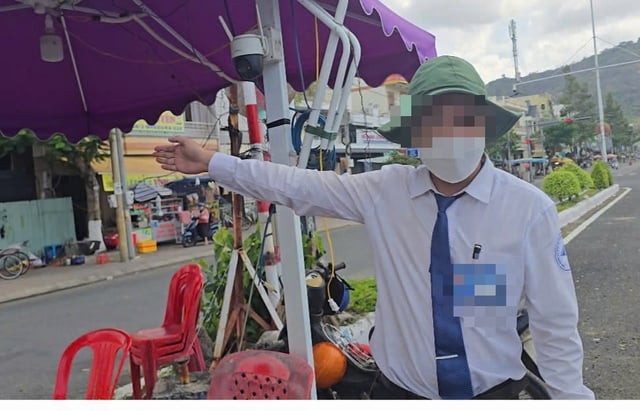
The checkpoint blocking cars to request them to turn into the toll road has made many tourists angry every time they come to the Temple of the Lady of Sam Mountain.
This situation has lasted for many years in Chau Doc City, causing a lot of trouble, even making many people afraid to return because of the feeling of being exploited in the middle of a spiritual place. Not only tourists, travel businesses are also directly affected when pilgrimage tours increase in cost, losing sympathy from customers.
Placing a toll station right at the entrance to the festival area is not only a wrong manifestation of the way the public-private tourism model operates, but also reflects the mindset of exploiting heritage for short-term profit, instead of investing in long-term value.
It is worth mentioning that many local people are also "treated" as visitors right on their own land. Roads that originally served the needs of the people were turned into "specialized tourist roads", leading to conflicts between the interests of the community and the financial goals of the operating unit.
Obviously, if each locality is considered a link in the national tourism development strategy, then this approach not only deviates from development thinking but also sets a bad precedent. Chau Doc, which should be a model for cultural and spiritual tourism in the Southwest, has become a "hot spot" because of a fee barrier.
Many of these causes are the result of the "commercialization" of heritage and tourism resources by "picking the pockets" of temporary tourists. Instead of nurturing long-term revenue sources, localities have sought to "pick the pockets" of tourists by all means in an exhaustive manner.
Creating sustainable tourism
What can be done to help tourism escape the situation of "eating quickly, staying temporarily, and exploiting everything"? In my opinion, this is a problem that must be solved by changing the mindset and awareness of those working in tourism. The lesson from Chau Doc is not only in dismantling a checkpoint or a toll station, but is a reminder of how to manage heritage and develop tourism in the new era, where the experience and trust of tourists are more valuable assets than any income.
While Chau Doc is stuck in the "blockade" story, Hoi An (Quang Nam) is more popular with tourists thanks to its harmonious approach between conservation and development. Here, entrance tickets only apply to specific relic sites, while the ancient town space remains open, without barriers or hassles. Thanks to that, Hoi An retains tourists with its vibrant heritage values, not with checkpoints.
Da Lat (Lam Dong), after complaints, is gradually curbing the speed of urbanization and tourism, moving towards ecological development and preserving identity. Kyoto (Japan) or Brussels (Kingdom of Belgium) are typical examples of limiting visitors, spreading the flow of visitors to other areas, reducing pressure on relics to increase the value of the experience.
The tourism value chain should not be "packaged" within the administrative space of a locality. Regional linkage and benefit sharing allow for the exploitation of relative advantages, comparative advantages and complementarities in tourism resources, infrastructure and technical facilities. The goal of this is to diversify tourism products between regions, keeping visitors coming and going between different destinations, first and foremost respecting visitors and locals.
To avoid a repeat of the "tourism barrier" in Chau Doc, An Giang province needs a new approach, using quality instead of quantity, and measuring the satisfaction of local people and tourists. First of all, An Giang province needs to review and adjust all current fee collection policies, ensuring transparency, fairness and the right goal of serving the community, not for local interests.
At the same time, we need to increase investment in infrastructure, not only to serve tourists but also to improve the living conditions of local people. A tourist area can charge fees – but visitors must clearly see what they get in return for that expense.
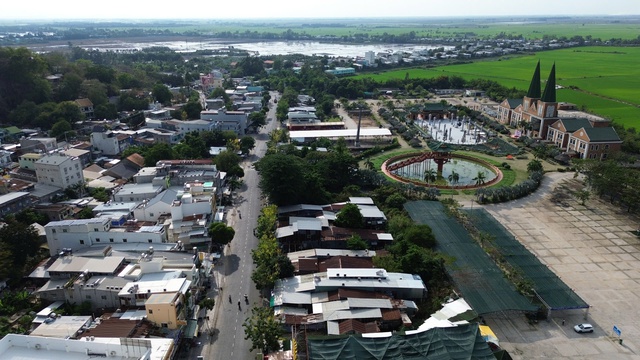
Before the checkpoint was removed, all cars wanting to go straight on Tan Lo Kieu Luong Street or enter Chau Thi Te Street, the back gate of Ba Chua Xu Nui Sam Temple, had to turn left to buy entrance tickets before being allowed to enter.
Tourism development cannot be separated from the community. It is the local people who preserve identity, convey cultural stories, create cohesion and hospitality. When people feel "left out of the game", tourism is difficult to be sustainable. They need to participate, share benefits, and be considered an indispensable part in the operation of this smokeless economic sector.
Finally, An Giang needs to boldly learn from international experience, cooperate with domestic and foreign organizations to build a modern, professional and friendly tourism management model. Each locality has the right to create a model suitable to its specific conditions, but creativity does not mean "setting up stations to collect fees", with barriers to control.
No one objects to the need for resources to preserve relics and develop tourism infrastructure. But those resources cannot come from spontaneous, unplanned, non-transparent checkpoints that are far from people's feelings. "Hunting people onto toll roads" is not only a technical act, but also a manifestation of old management thinking that needs to be replaced by a new thinking - a thinking of creation and service.
When people and tourists are respected, when heritage is preserved with humanity instead of barriers, then Vietnamese tourism will truly have the opportunity to reach far, be sustainable and win people's hearts.
Over 200 years of formation
Ba Chua Xu Temple of Sam Mountain is a famous historical, architectural and spiritual relic, recognized as a National Historical Relic since 2000. In 2001, Ba Chua Xu Festival of Sam Mountain was recognized as a National Festival by the Ministry of Culture, Information and the Vietnam National Administration of Tourism. In 2024, the Intergovernmental Committee for the Safeguarding of the Intangible Cultural Heritage of 2003 recognized Ba Chua Xu Festival of Sam Mountain as a Representative Intangible Cultural Heritage of Humanity.
With a history of more than 200 years, this temple in the southwestern border region is associated with many anecdotes and legends of the time of land reclamation, land opening, and digging of Vinh Te canal by the Nguyen Dynasty mandarin Thoai Ngoc Hau and his wife Chau Thi Te. Ba Chua Xu Temple is located in the That Son - Bay Nui area with many mysterious and mystical things, rumors that make people curious to visit.
Source: https://nld.com.vn/noi-thang-khong-duoc-vi-du-khach-vao-duong-thu-phi-196250422203323514.htm


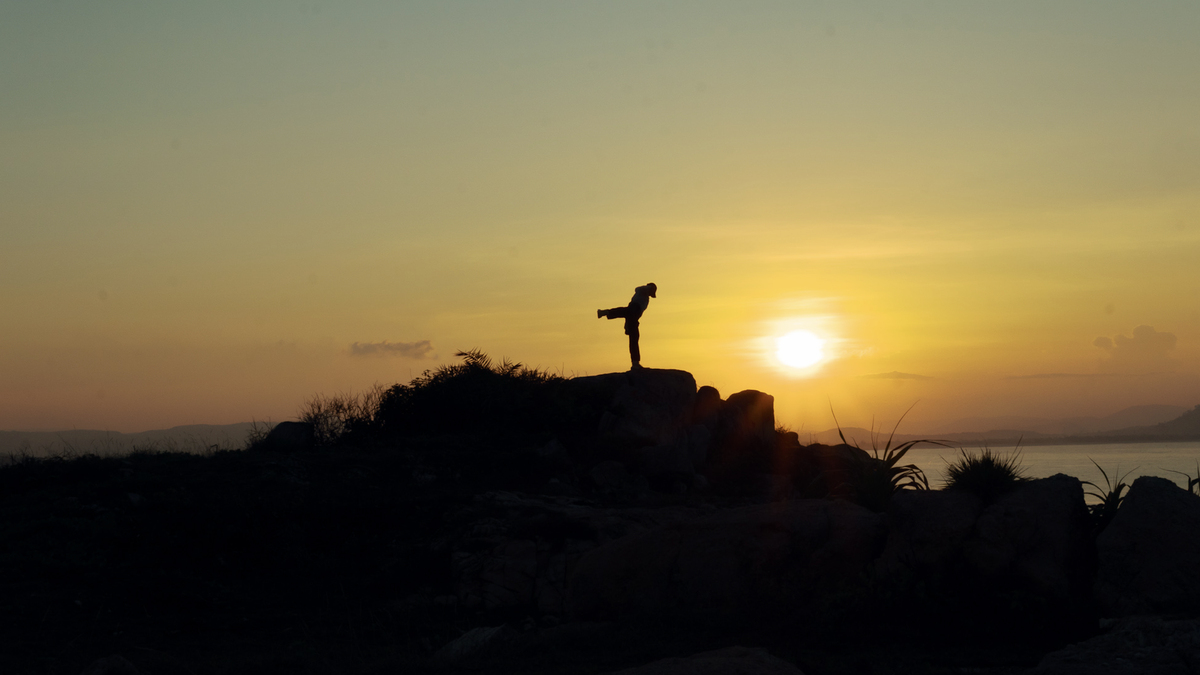
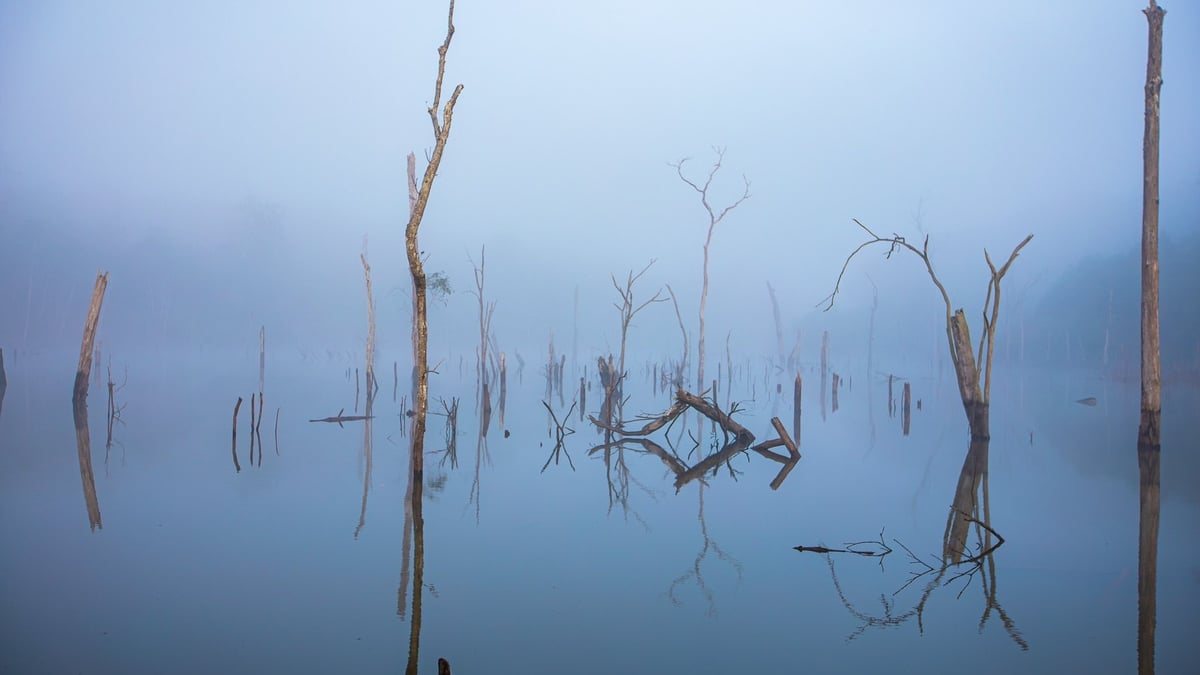
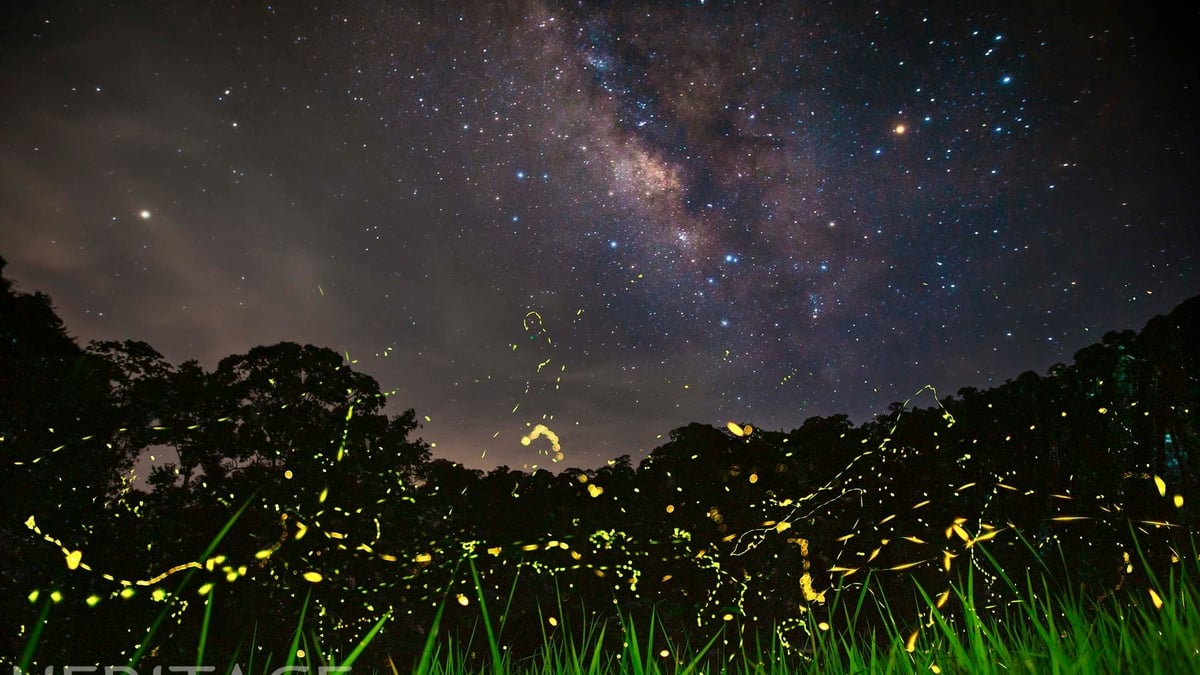
![[Photo] National Assembly Chairman Tran Thanh Man meets with Thai Prime Minister Paetongtarn Shinawatra](https://vphoto.vietnam.vn/thumb/1200x675/vietnam/resource/IMAGE/2025/5/15/e71160b1572a457395f2816d84a18b45)
![[Photo] Prime Minister Pham Minh Chinh receives Country Director of the World Bank Regional Office for Vietnam, Laos, Cambodia](https://vphoto.vietnam.vn/thumb/1200x675/vietnam/resource/IMAGE/2025/5/15/2c7898852fa74a67a7d39e601e287d48)

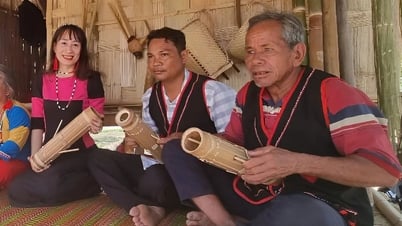

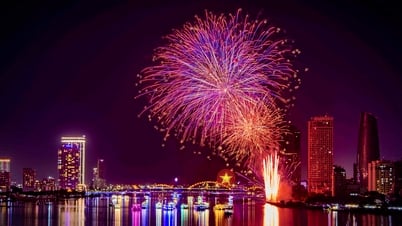
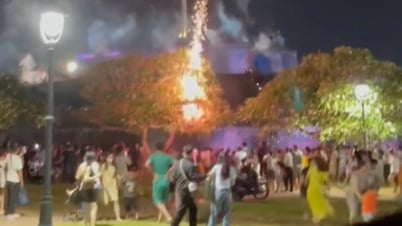

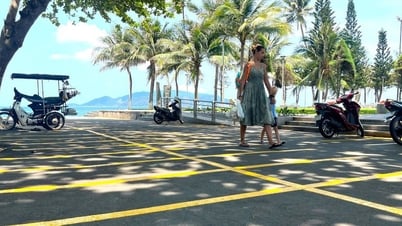
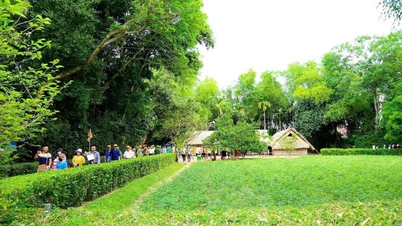






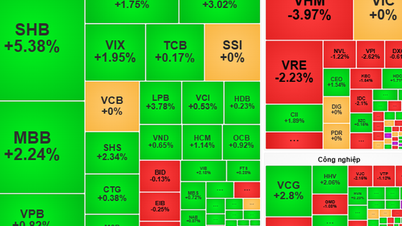




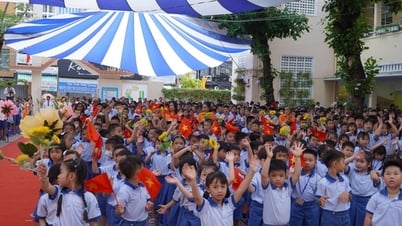
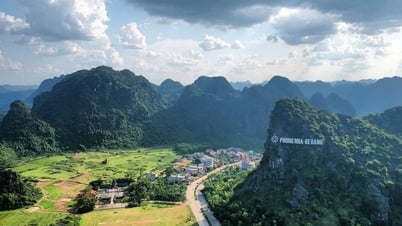

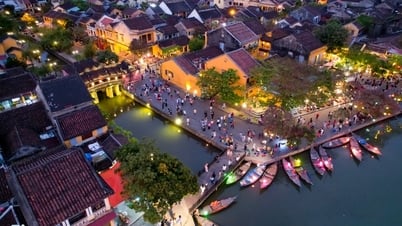

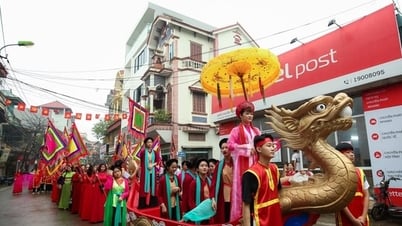



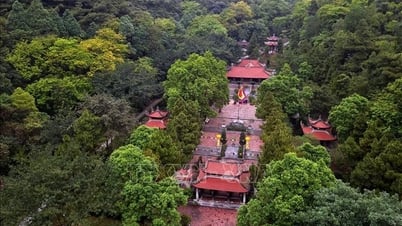



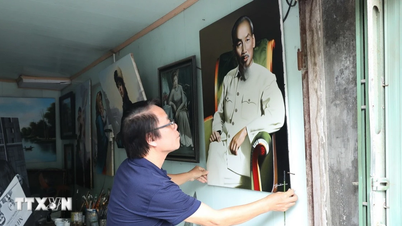

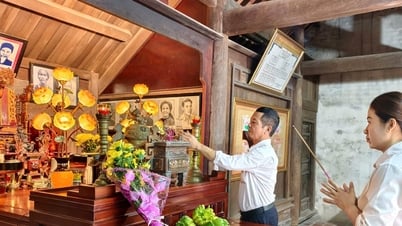




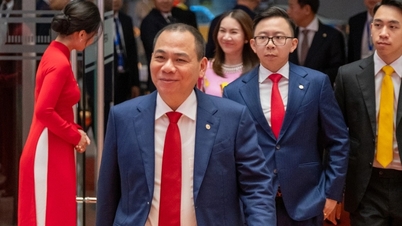






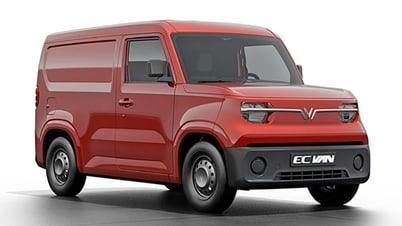


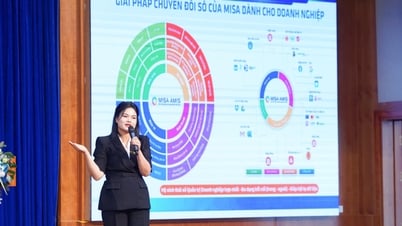


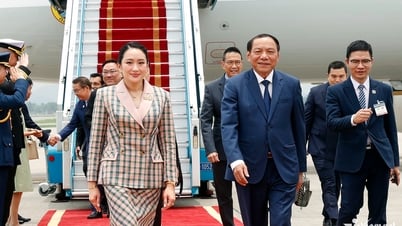
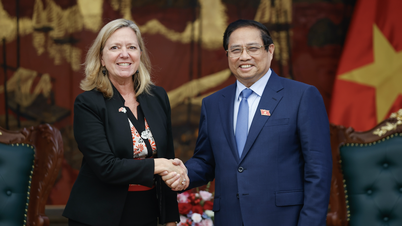




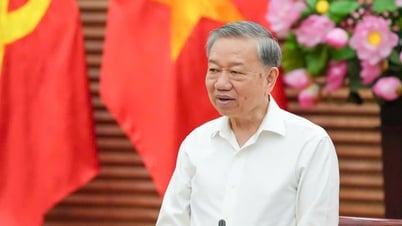
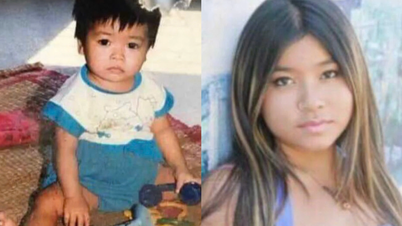

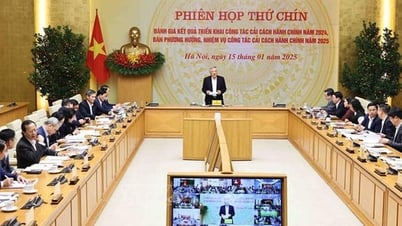

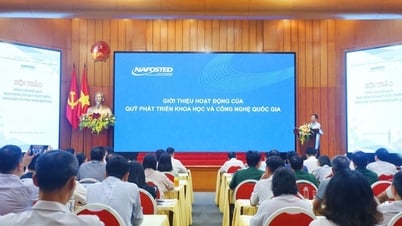

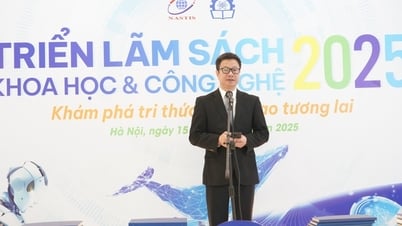
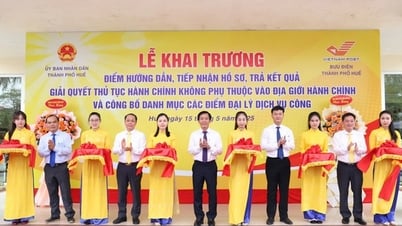
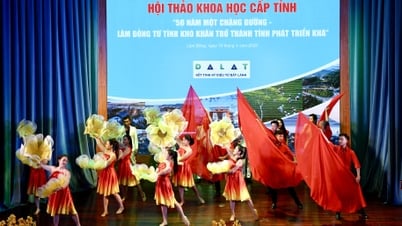

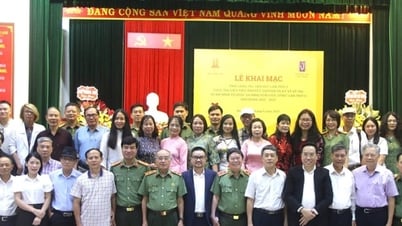
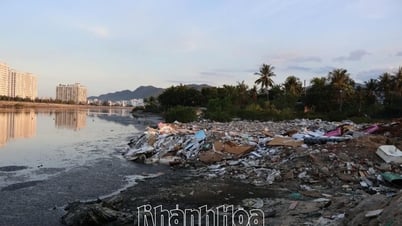

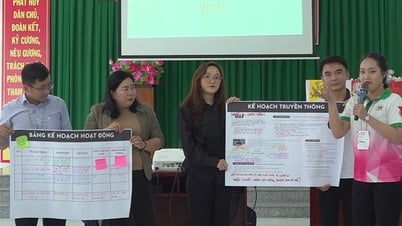
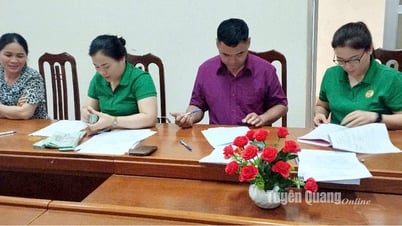



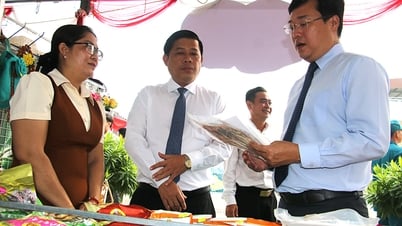


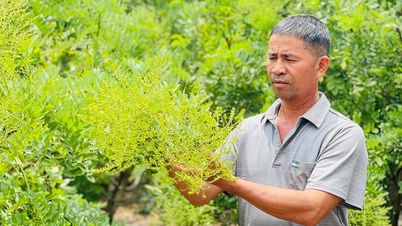

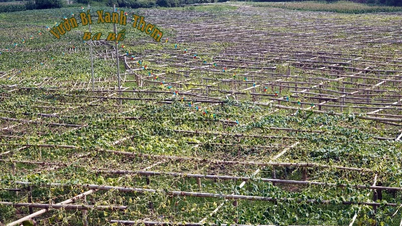
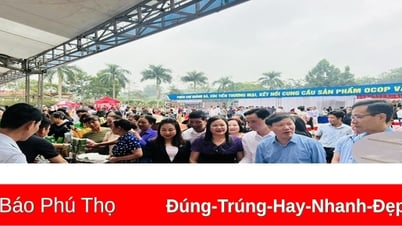


Comment (0)